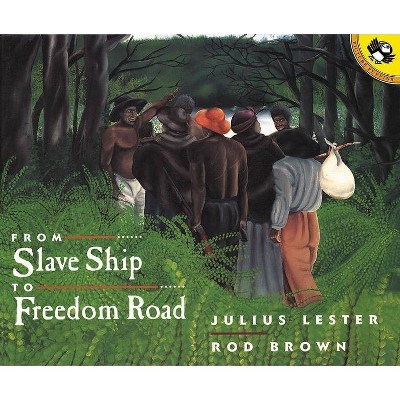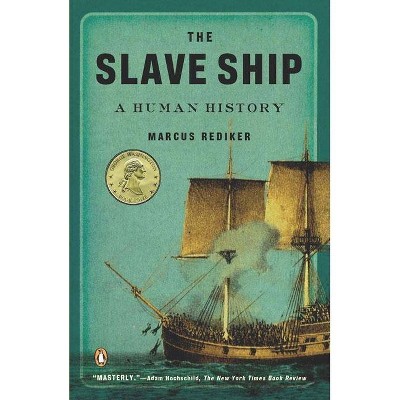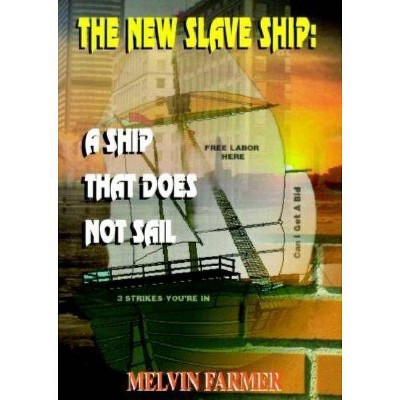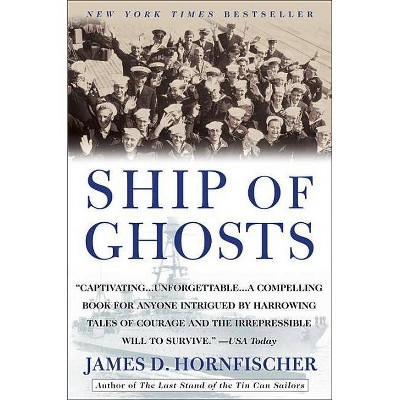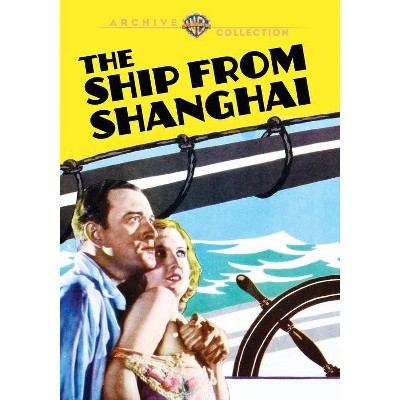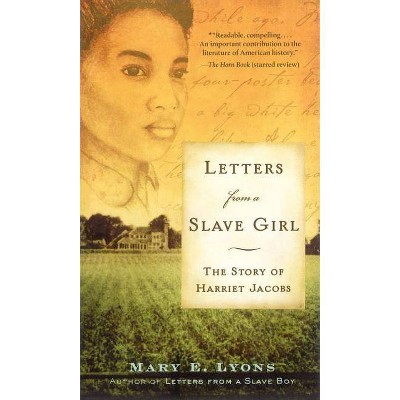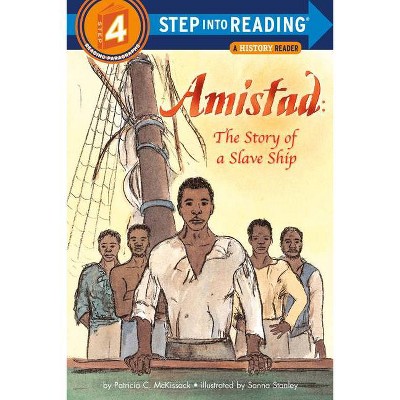From Slave Ship to Harvard - by James H Johnston (Paperback)
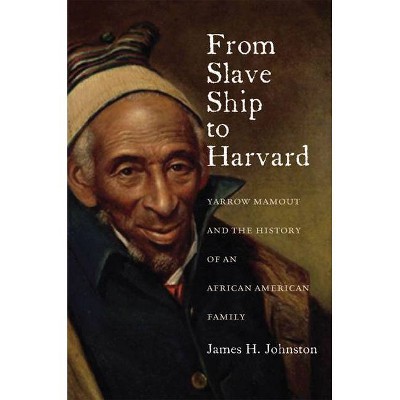
Similar Products
Products of same category from the store
AllProduct info
<p/><br></br><p><b> About the Book </b></p></br></br>A true story of six generations of an African American family in Maryland. Based on paintings, photographs, books, diaries, court records, legal documents, and oral histories, the book traces Yarrow Mamout and his in-laws, the Turners, from the colonial period through the Civil War to Harvard and finally the present day.<p/><br></br><p><b> Book Synopsis </b></p></br></br><p>From Slave Ship to Harvard is the true story of an African American family in Maryland over six generations. The author has reconstructed a unique narrative of black struggle and achievement from paintings, photographs, books, diaries, court records, legal documents, and oral histories. From Slave Ship to Harvard traces the family from the colonial period and the American Revolution through the Civil War to Harvard and finally today. <p/>Yarrow Mamout, the first of the family in America, was an educated Muslim from Guinea. He was brought to Maryland on the slave ship Elijah and gained his freedom forty-four years later. By then, Yarrow had become so well known in the Georgetown section of Washington, D.C., that he attracted the attention of the eminent American portrait painter Charles Willson Peale, who captured Yarrow's visage in the painting that appears on the cover of this book. The author here reveals that Yarrow's immediate relatives--his sister, niece, wife, and son--were notable in their own right. His son married into the neighboring Turner family, and the farm community in western Maryland called Yarrowsburg was named for Yarrow Mamout's daughter-in-law, Mary "Polly" Turner Yarrow. The Turner line ultimately produced Robert Turner Ford, who graduated from Harvard University in 1927. <p/>Just as Peale painted the portrait of Yarrow, James H. Johnston's new book puts a face on slavery and paints the history of race in Maryland. It is a different picture from what most of us imagine. Relationships between blacks and whites were far more complex, and the races more dependent on each other. Fortunately, as this one family's experience shows, individuals of both races repeatedly stepped forward to lessen divisions and to move America toward the diverse society of today.</p><p/><br></br><p><b> Review Quotes </b></p></br></br><br>. . . James H. Johnston recounts the story of Yarrow Mamout's life and traces some of Yarrow's descendants into the twentieth century.-- "--Journal of Southern History"<br><br>. . . Portray[s] an illuminating, thought-provoking, relatively unusual moment in early American history.-- "--Publishers Weekly"<br><br>A history of an African-American family, from Yarrow Mamout's enslaved arrival in North America in 1752, proceeding through Robert Turner Ford's debut at (residentially segregated) Harvard College in 1923, and beyond. The family was remarkable from the outset: Mamout, freed, was painted by Charles Willson Peale.-- "--Harvard Magazine"<br><br>Carefully researched and engagingly written, this fascinating book tells the story of an education Muslim who was brought as a slave to America in 1752 then earned his freedom 44 years later. The book also traces the history of his family to the time when a descendant graduates from Harvard University in 1927. The narrative absorbingly weaves together one family's amazing tale with the history of American and slavery and race relations.-- "--Steve Norman, Collection Development and Evaluation Section of the Reference and User Services Association"<br><br>Johnston has admirably sought to connect the dots of the family's history while also providing parallels to the larger story of slavery and emancipation in colonial America.-- "--New Bay Times Weekly"<br><br>Part historical narrative, part genealogical detective work, this book will appeal to a range of academic and general readers, especially those interested in race relations in early America.-- "--Library Journal"<br><br>"Johnston has given Americans a rare treasure, a true story of an African American family, and its triumph over slavery. The great American painter Charles Willson Peale, best remembered for his portrait paintings of leading figures of the American Revolution, would have very much approved--Johnston's done with a whole lot of research, patience, and writing, what Peale did with his brush almost 200 years ago."<b>-----Sidney Hart, <i>Senior Historian, National Portrait Gallery</i></b><br><br>Historians typically write about this chapter of American history from a sweeping, birds-eye view perspective primarily because so few records exist about the lives of individual slaves. It's for this reason that James Johnston's 'From Slave Ship to Harvard: Yarrow Mamout and the History of an African American Family' is such a valuable addition to the subject's literature.<b>-----Michael G. Williams, <i>Erickson Tribune</i></b><br><p/><br></br><p><b> About the Author </b></p></br></br><br><strong>JAMES H. JOHNSTON</strong>, an attorney and journalist, has published extensively on national affairs, law, telecommunications, history, and the arts. His contributions include papers on local Washington, D.C., history, Yarrow Mamout, and an edition of <em>The Recollections of Margaret Cabell Brown Loughborough</em>.<br>
Price History
Cheapest price in the interval: 19.19 on October 22, 2021
Most expensive price in the interval: 19.19 on December 20, 2021
Price Archive shows prices from various stores, lets you see history and find the cheapest. There is no actual sale on the website. For all support, inquiry and suggestion messagescommunication@pricearchive.us
